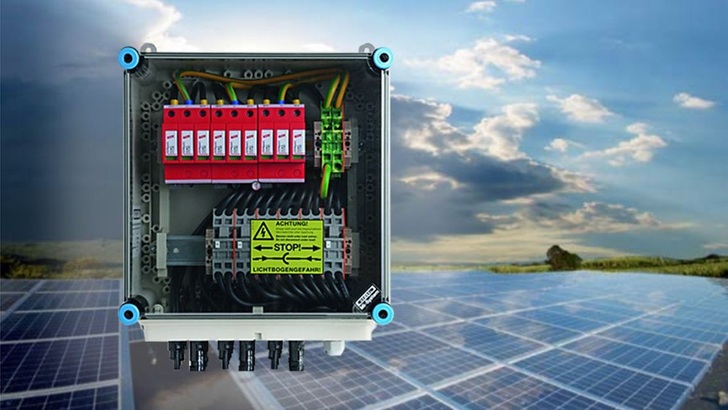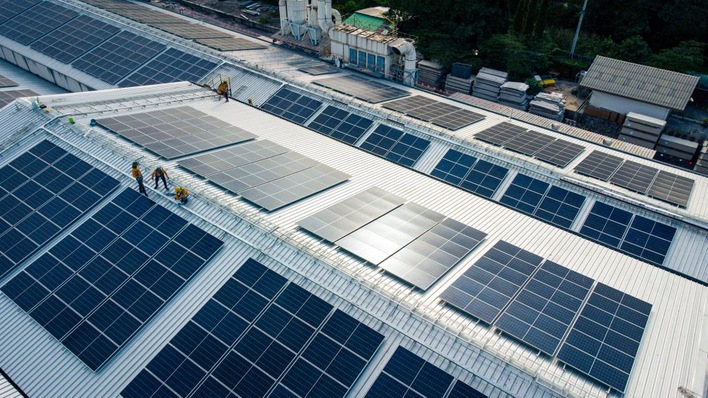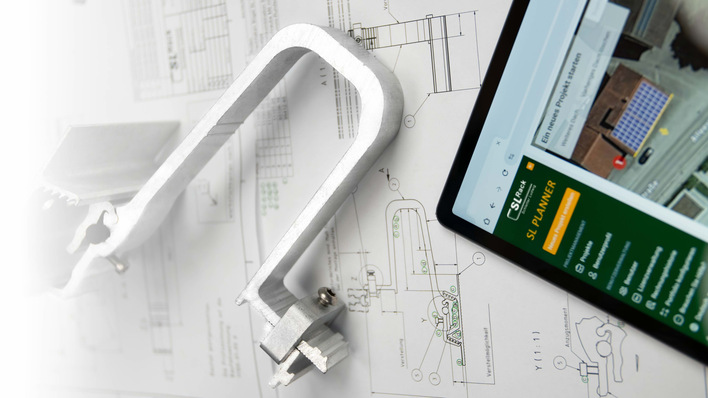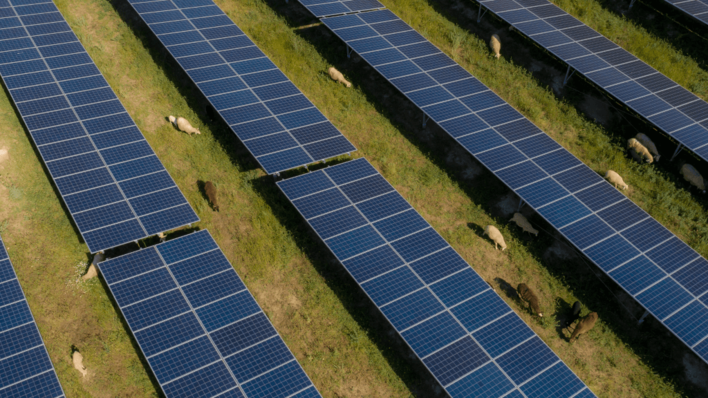But DC surge arresters exist that have been specifically designed for PV. Varistors are voltage-dependent resistors, whose electrical resistance abruptly decreases once a certain voltage has been reached.
They are made from zinc oxide, which is especially heat-resistant. Once a varistor engages because of overvoltage, the circuit is not completely disconnected. But this generates current leakage and a certain amount of power dissipation happens. This dissipated power is given off as heat.
Include a spark gap
Furthermore, it is recommended to include a spark gap in the generator circuit. This takes the power off the cable in case of a voltage surge. Two electrodes are housed in a capsule filled with gas, which above a certain level of voltage is ionised, i.e. becomes a conductor. The excess current sparks across the gap within microseconds and is deflected.
No easy solution
But that alone does not solve the problem with overvoltage. It is the currents that get into cables or other metal parts because of faulty insulation that are often neglected. Of course, the wiring of a solar generator is designed to work reliably for years. But rodents, damage from martens, birds, frost, heat, storms, UV light, hail, thunder storms or even vandalism can result in defects.
Who would ever preclude all this over the course of 20 years? And that is why a regular inspection of the connecting sockets of the solar panels, the wiring and the related connections is an important part in preventative protection against surges and fire. (HS)
Look at this, too:
Solar advice: Avoid surges in the cables
Stay informed, get our newsletter twice a week: Register here.
Find useful products for solar generation here.
Find useful products for solar energy storage here.








